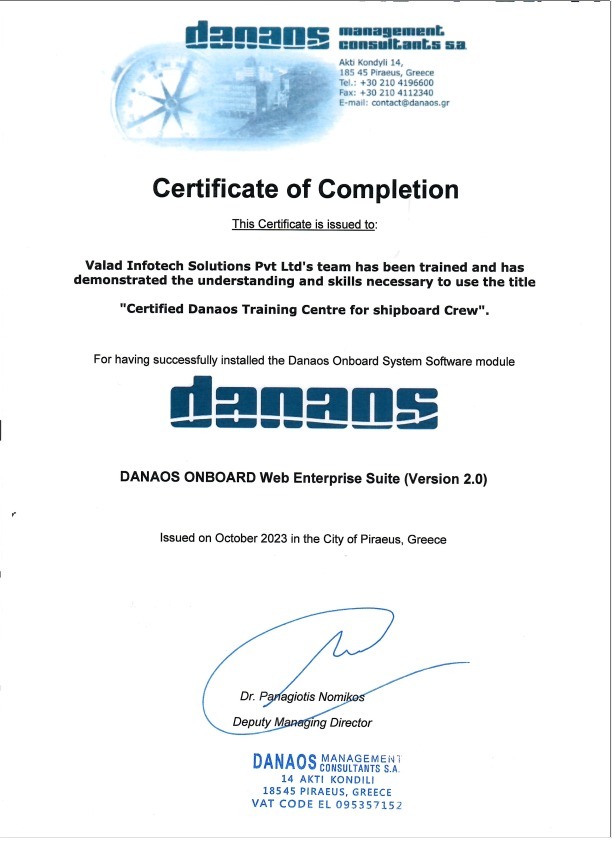
Chief Executive Officer
+91 91670 08620
alok.patra@valadinfotech.com
Captain Alok brings with him 25 years of extensive global experience across IT solutions, Port Operations, and Ship Management Industries. His remarkable career includes:
Over 2 years in IT consulting, Pre-sales, Sales, and solution designing as the Global Head of Maritime Practice.
More than 3 years in port and business operations, as well as marine services, reporting directly to the CEO’s office.
Over 8 years of command experience as a Captain in the Merchant Navy, with a specialization in chemical and oil tankers.
Serving as a former Marine Pilot at one of India’s deepest riverine ports, handling Cape-sized ships.
5+ years as a non-executive Director in maritime surveys, inspections, audits, and specialized services such as hydrography, bathymetry, GIS, and topography for ports.
He was last associated with Tech Mahindra Ltd., Bhubaneswar, Odisha, as the Global Head – Maritime Practice.



 AGM – Operations
AGM – Operations







